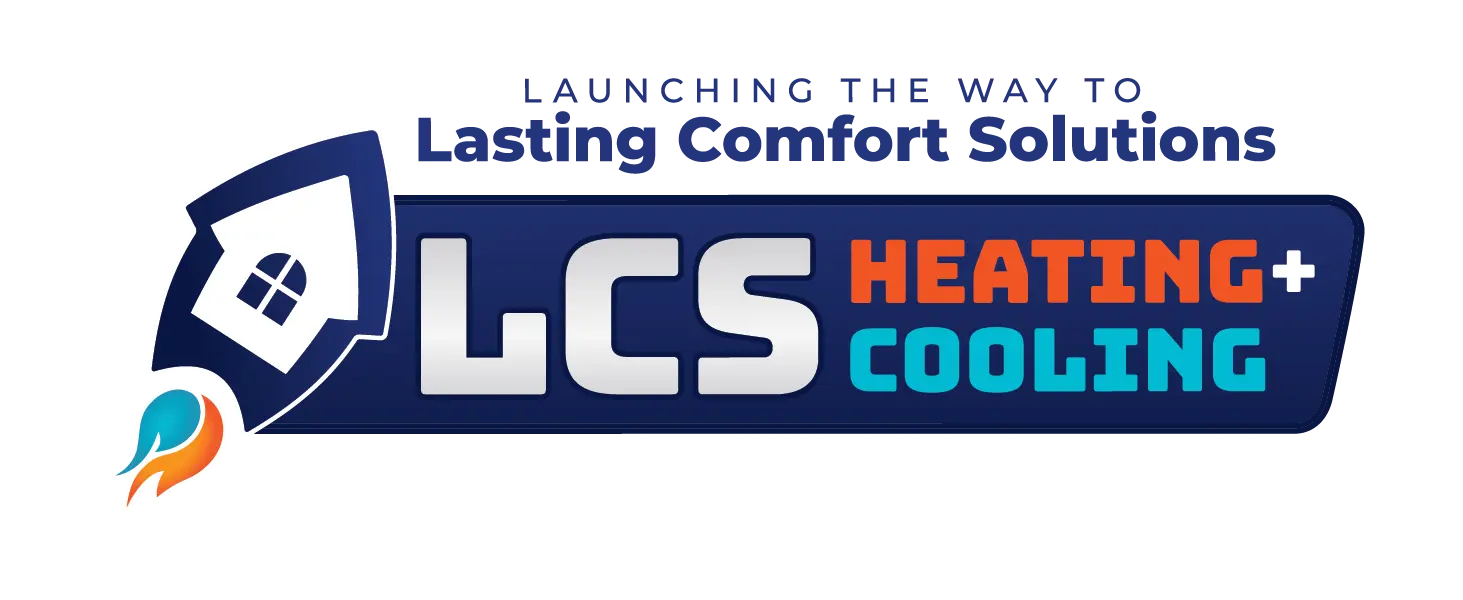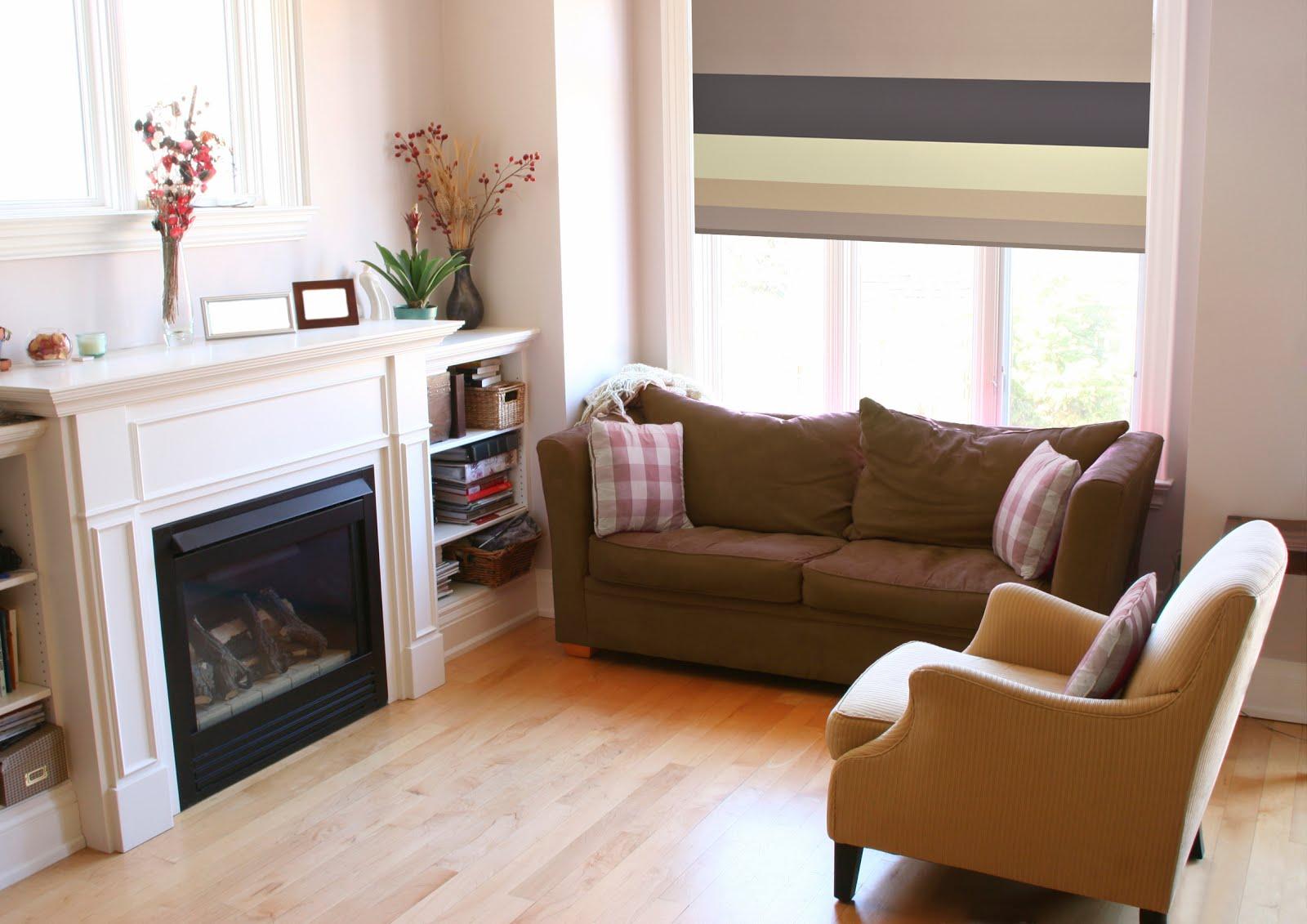The cool air, turning leaves, and arrival of apple cider at the store mean that autumn’s official start is just around the corner. At home, this seasonal change can quickly translate into higher energy bills. Fortunately, there are a few ways to lower these costs. Staying comfortable in your home—at an affordable rate—is relatively easy when you opt for energy-efficient solutions.
Schedule Your Heating Tune-Up
This time of year, the biggest energy bills for your home relate to heating. In order to get the best efficiency rating for your furnace, it needs to be able to run smoothly. Any problems during this season can be a real issue for your overall costs. But you can catch issues early on by scheduling your heating tune-up. This service helps ensure that all of your system’s components are within the normal operating range. That way, if any part is having trouble, you can have the option to be pro-active for a repair or replacement. And this could save you a service call down the road!
At LCS Heating & Cooling, we offer Annual Maintenance Plans to help keep service and energy costs low year-round. Getting notified of any potential problems lets you stay up-to-date on your furnace’s needs. When you look ahead to winter, no one wants to be caught without heat. A quick visit from your local HVAC company can help you avoid that inconvenience before the cold snap.
Other Home Efficiency Tips for Fall
Once your furnace is in order, you can still work to lower costs in other ways. Adding these efficiency tips to the mix can help you finish the year with extra energy savings. Try them all for the biggest benefits, or just stick to a few to get the ball rolling.
1. Change your air filter
We always recommend preventative maintenance to prep your home. But if you do nothing else this season, replace your air filter. It’s important to swap out your 1-inch air filter every 1-2 months. (The larger 4 to 5-inch media filters can last for 6-12 months.) This simple step goes a long way for your unit’s overall efficiency. A dirty filter can put a lot of strain on your heating unit and make it harder for the warm air to circulate through your home.
2. Warm up with the sun
The days and nights are getting colder, but the sun is still shining. Make the most of sunny days by opening your curtains to let this natural heat inside. South-facing windows tend to have the most impact. Just keep your curtains closed when the sun is set to hold in the warmth, then pull them back in the morning to create some sunny spots. This will help boost your home’s temperature. Plus, it gives your dog or cat a great place to nap!
3. Adopt a smart thermostat
When you want to go above and beyond for your home energy savings, a new thermostat can be a real winner. A programmable thermostat is a great investment because it lets you set schedules for your heating and cooling programs. You’ll get more efficient ratings, for instance, when you tell the heat to drop slightly in the evening, or when you’re away at work. A smart thermostat is even better because you can control your home’s settings right from your phone.
4. Grab some free LED bulbs
Changing your old lightbulbs to LED versions is a fantastic way to cut costs on your energy bills because they use up to 66% less energy. They even last over 20 times longer than standard bulbs. The best part about these updates? You can get LEDs for free! The Free LED Program from Duke Energy will ship bulbs right to your home. The potential savings could be upwards of $100, so there’s no reason to pass up this deal.
5. Watch for home air leaks
Feeling a cold air draft around your windows or outside doors indicates a heating leak. Don’t let these spots add to your energy bill. Adding fresh caulk around these borders or replacing the weatherstripping can prevent your home’s heat from escaping. The other thing to check is your fireplace damper. Make sure to always keep this closed when your fireplace isn’t in use. Accidently leaving it open is just another way to lower your indoor temperature.
Take this advice, and you’re sure to have a more energy-efficient home for the colder months. What’s more, you’ll be able to enjoy upgrades like a smart thermostat during the warmer months as well! If you have questions about other energy savings solutions for your home, give LCS Heating & Cooling a call at (317) 238-3961. We’d be happy to help you out!
September 17, 2018
We all want our homes to be comfortable year-round. In the summer, we want to stay cool. During winter, we seek heat. For some homeowners, a heat pump can give them the best of both worlds!
These types of units are often super energy-efficient because they use heat that’s already present. By working with both indoor and outdoor air they can balance—or rather, counterbalance—whatever temperature you want inside. A heat pump can be a great asset. But when it’s not working properly, no one’s happy.
How Heat Pumps Work
If you want to understand heat pumps, it’s good to know that they aren’t too different than an air conditioner or refrigerator. Think about it this way: The coils on the back of the fridge always feel a little hot because the refrigerator works to pull warm air out. That’s why everything in the box stays cool. The same goes for air conditioning units. They’re made to extract heat from the air, and then sort of “exhale” it outside.
They have similar parts and similar purposes to air source heat pumps, but the heat pump has one unique advantage. Both refrigerators and A/C units work to keep places cool. What’s neat about heat pumps is that they work to both cool and heat a home. Here’s the shortlist of what they’re made of:
- Compressor
- Liquid Refrigerant
- Fans/Fins
- 2 Sets of Coils—one for indoors, the other for outside
- Reversing Valve (this is what makes the heat pump different)
Their overall goal of a heat pump is to move heat from one area to another. The compressor works to circulate refrigerant between the two coil sets. And that refrigerant either absorbs or releases heat—depending on the coil set—to get your indoor temperature just right. The fans help move the air around so when you’re ready to switch seasons, your cooling unit can become a heating unit.
Switching the thermostat from heat to cool, or vice versa, will cause the reversing value to switch the direction flow of refrigerant. At that point, the hot air will move in the opposite direction. Rather than “exhaling” the air outside, as it does in the summer, it “exhales” the air inside, producing efficient and economical heat.
Since they do double-duty, heat pump systems can run in any season. They push hot air outdoors in warmer months, and then pull warm air indoors when it’s cold. It’s all with a flip of the switch. Pretty cool, right?
Pros and Cons
Heat pumps have a big appeal for cutting energy costs because they don’t have to exert as much energy creating the heat. They simply use the heat that’s already present and move it to where you need it. Some people don’t realize that there’s still some amount of heat in the air even in cold weather. The little heat pump can still do its thing in winter because it draws in all the heat it can find outdoors and sends it inside.
So as long as outdoor temperatures aren’t super-low, the heat pump can easily be the only heating source for a home. For moderate climate areas, these units can save big bucks on energy costs. It’s when the thermometer drops that it might need backup. As a general rule, this tends to happen when it falls to 30 degrees or below outside.
Because a heat pump isn’t the most effective heating source in below-freezing temps, it might need to be partnered with another supplemental heat source, like a furnace or an air handler, during extreme winter weather. If you’re unsure about your area’s limits, it’s a good idea to consult with a local professional. The right heating and cooling setup can keep your home comfortable and energy-efficient year-round.
Heat Pump Maintenance
Like other HVAC units, a heat pump will last longer with annual maintenance. In addition to annual maintenance, A lot of heat pump users also extend the lifespan of their unit (10-12 years is average) by changing the filter on a regular basis, or about once a month for consistent use. Other than that, just keep the fans and coils clear of debris and you should be set!
If other problems arise, you might need to call on a professional. They can help you diagnose any heat pump repairs by doing all of the following:
- Check indoor coils, ducts, or filters for obstructions
- Seal leaking ducts and ensure adequate airflow
- Confirm proper refrigerant charge (and no leaks)
- Inspect electric terminals, and clean or tighten connections
- Lubricate interior motors, and check belts for tightness and wear
- Test reverse valve and thermostat operations
A heat pump can help keep energy costs low throughout the year—but only as low as it’s properly maintained. A neglected heat pump can end up wasting as much as 25%. So as long as you have a heat pump, you’ll want to keep it in good working order to get those energy savings.
Whether you want to be warmed up or cooled off, a heat pump is a great solution for home comfort. If it’s not doing its job, call in a good heat pump company. A few repairs might be able to put it back on the right track.
September 29, 2016
Annual Maintenance: Why Not Just Do It All at Once?
Next to keeping a clean filter installed in your HVAC system, annual maintenance is the most cost-effective way to ensure that your furnace and air conditioner are running as efficiently as possible. Our Energy Savings Plan is a preventative maintenance plan in which the air conditioner is cleaned and tuned in the spring or summer and the same is done on the furnace in the fall or winter. Maintenance is much more than just spraying out the air conditioner or vacuuming the inside of the furnace. All of the components, wiring, motors and refrigerant levels are checked during the tune-up. Hopefully, everything will be in proper ranges. If there is an issue, we can bring it to your attention and discuss any options so you can determine how you'd like to handle it.
While maintenance will not guarantee that parts won't go bad on the furnace or air conditioner, problems may be found before they cause issues. For example, a motor may have higher than usual readings or a part may be making a louder than normal noise. Catching these things before they actually go out will not only save you a service call fee but will also keep you from being without air conditioning on a hot day!
We are occasionally asked: Why do you come out twice a year? Why not just do the furnace and air conditioner maintenance all at once? While it's important that the maintenance is completed at some point each year, it's preferred to complete the cleaning and tune-up just before or during the season that it'll actually be used. That also means that we'll be checking the filter for you twice a year and completing maintenance on other items such as humidifiers just before they'll be used as well. By seeing a technician twice a year, we can ensure that all of your questions or concerns are answered about your system so that it's running as well as it can all year long.
For more information, additional benefits and pricing on our Energy Savings Plan, please click here.


